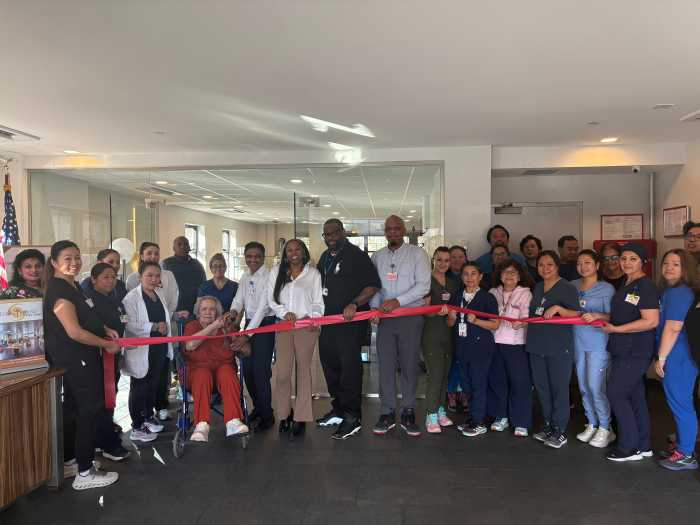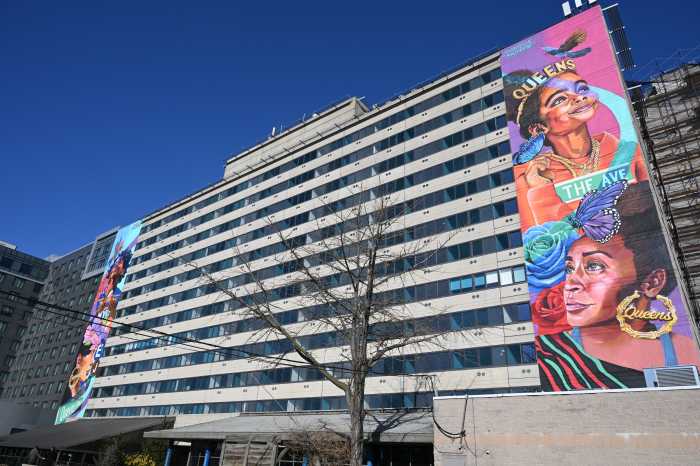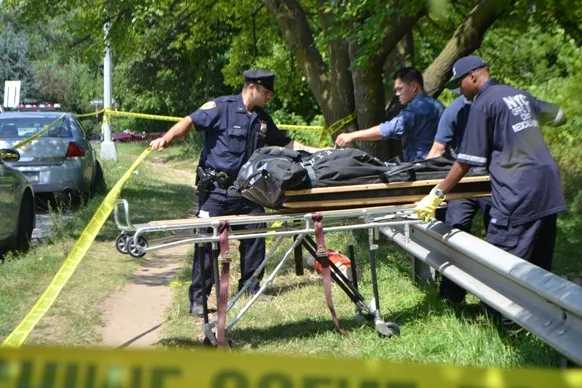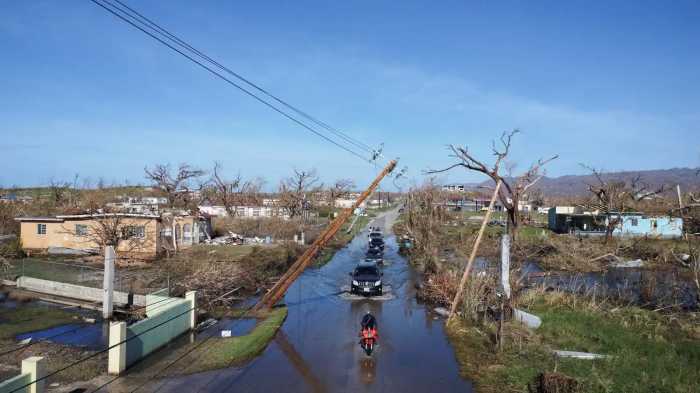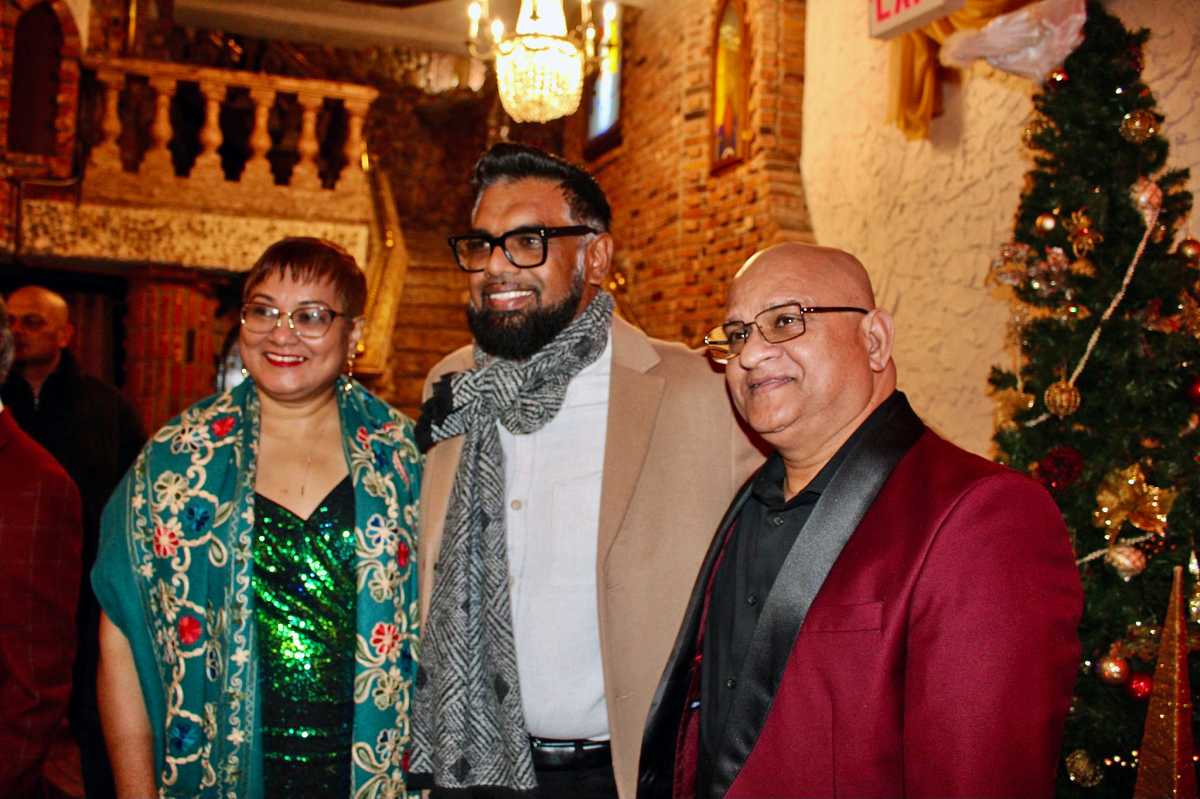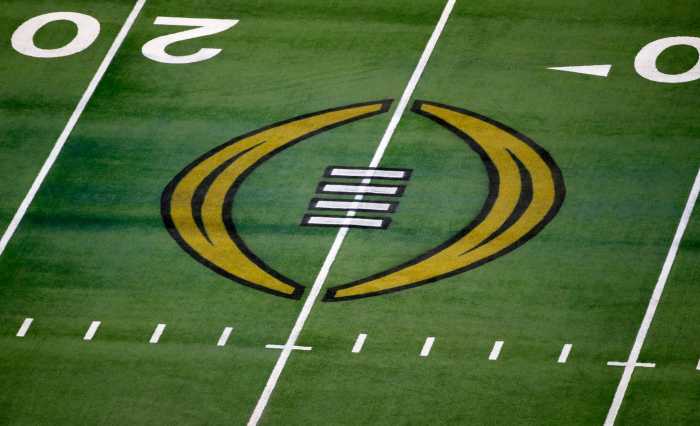By Alexander Dworkowitz
Tucked inside Flushing’s largest parking lot and surrounded by Chinese and Korean signs, the Macedonia AME Church on Union Street does not immediately conjure up images of escaped slaves.
But the church, founded in 1811, was probably a stop on the Underground Railroad, the network of places and individuals that helped Southern slaves make their way to Canada when slavery was legal in the United States, a Queens historian said.
James Driscoll, vice president of the Queens Historical Society, spoke on the history of the Underground Railroad in Queens and Flushing at the Queens Central Library in Jamaica Feb. 19.
“We believe there definitely was Underground Railroad activity in Flushing,” said Driscoll.
He and several colleagues have been studying the history of the anti-slavery movement in Queens over the last few years.
In his talk, Driscoll told the audience of about 100 that most people who lived in Flushing before the start of the Civil War in 1861 were not abolitionists, or those who actively fought against slavery.
Nevertheless, Driscoll said Flushing had a segment of its population that worked to fight against slavery, which was legal in all states south of the Mason-Dixon line before Abraham Lincoln issued the Emancipation Proclamation in 1863.
The abolitionist movement in Flushing was rooted in its long history of Quakerism, a religion that urged tolerance of other groups, said Driscoll.
Quakers first came to Flushing in the 1650s. In 1695, they established the Flushing Meeting House, which still stands on Northern Boulevard. Although many Quakers owned slaves, others were skeptical about the institution. In 1718, William Burling, a Flushing Quaker, wrote a pamphlet criticizing slavery, the first such pamphlet, said Driscoll.
Although Burling did not call for the out-and- out condemnation of slavery, he urged its readers to question it.
“He said, ‘Let’s think about it. Let’s question it,’” said Driscoll.
By 1776, the year of the American Revolution, Quakers in New York had condemned slavery, which remained legal in the state until 1827.
In 1800, Quakers in North Carolina joined Quakers in New York in opposing slavery. But North Carolina soon passed a law making it illegal to free slaves within the state. The Quakers of North Carolina and other Southern states instead decided to sell their slaves to Quakers up North, who often then decided to free them. The sale soon turned to smuggling, which later became part of the Underground Railroad.
Initially the Underground Railroad only ran past the Mason-Dixon line. But with the passage of the Fugitive Slave Law in 1850, Southern states earned the right to seize slaves who had escaped to the North. After 1850, the goal of the railroad was to take the runaway slaves into Canada.
Most of the Underground Railroad stops in the New York area were in Manhattan, since slaves were brought up the Hudson into Canada. But Driscoll said his research turned up evidence that many slaves were smuggled into Quaker homes in Flushing, where they were brought into Whitestone and later crossed the East River to the Bronx and eventually Canada.
Driscoll mentioned the names of several Flushing residents who were fervent abolitionists in the early to mid 1800s. Among them were Edward Africanus, a minister at the Macedonia church; Abby Kelly Foster, who made impassioned anti-slavery speeches in front of crowds of slave owners; and Samuel Parsons, for whom Parsons Boulevard is named.
Driscoll pointed to several pieces of evidence suggesting there was an Underground Railroad in Flushing.
The two children of Samuel Parsons, Samuel Bowne Parsons and Robert Bowne Parsons, were described in their obituaries as hiding runaway slaves.
Moreover, Driscoll found a letter from the New York City Vigilance Committee, a known Underground Railroad group, asking Robert Bowne Parsons to help some “friends.”
Nevertheless, Driscoll said it was hard to find much evidence, adding that there was more work to be done.
“It’s tough to find out about the Underground Railroad,” said Driscoll. “If you had slaves you didn’t want to talk about it.”
The Queens Historical Society has published a book on the subject, titled: “The Road to Freedom: The Underground Railroad, New York and Beyond.”
To purchase the book, send a $13 check to:
The Queens Historical Society
143-35 37th Ave.
Flushing, NY 11354
Reach reporter Alexander Dworkowitz by e-mail at Timesledger@aol.com or call 229-0300, Ext. 141.

